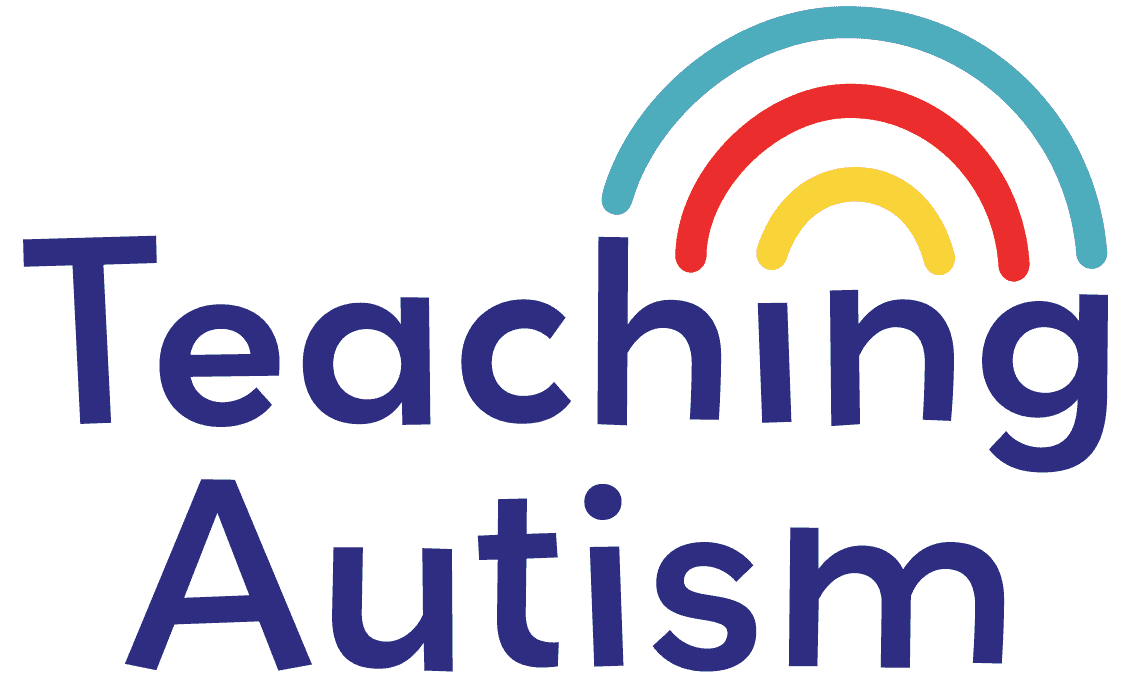What to Do When a Routine Changes Unexpectedly
What to do when a routine changes unexpectedly… Let’s be real, routine changes are the nemesis of calm classrooms everywhere.
Whether it’s a surprise fire drill, a last-minute assembly, or the dreaded “your class is now eating lunch 12 minutes earlier on Tuesdays for the rest of the year” email, unexpected changes can send our students (and let’s be honest, us too) into a full-on tailspin.
And for our neurodivergent learners, especially those who rely on predictability, visuals, and structure to feel safe, these surprises can feel like the whole world’s been flipped upside down.
So… what do you do when (not if) the routine gets thrown out the window? Let’s talk through it, step-by-step, with a sprinkle of compassion, a dash of flexibility, and a big ol’ scoop of backup visuals. And if you’re nodding your head right now thinking YES, I need help with this, come join me inside my online Autism Classroom Training.
First: Let’s normalize the chaos
Routines change. It’s not your fault. You didn’t plan the school photographer showing up two hours late. You didn’t reschedule PE to make room for the ukulele man in the hall. (Why is there always a ukulele man?)
It’s okay that you can’t control it all. The magic isn’t in avoiding disruptions, it’s in how you support your students through them.
Step 1: Stay regulated (even when you want to cry)
When a change hits out of nowhere, your instinct might be to rush around fixing everything, over-explain to the class, and panic-walk in little circles. (Relatable.)
But here’s the truth: your calm energy is more powerful than any visual schedule on the planet.
So before you dive into fixing it, breathe. Take a moment to ground yourself. If you need to say out loud, “Okay, team, there’s been a change. Let me take a second to think this through” ….. Do it! You’re modeling emotional regulation in real time, and that’s powerful stuff.
Step 2: Acknowledge the change clearly and calmly
Say what’s happening. Be direct and simple. No big dramatic buildup, just the facts, in a supportive tone:
“Our morning routine is changing today. We are not going to the library, we’re going straight to PE.”
Or:
“We were going to do centers, but now we have a visitor coming. I’ll show you what that looks like.”
You’ve probably heard me say this 100 times: clarity reduces anxiety. Even if the change is upsetting, knowing what’s happening helps students start processing it.
Step 3: Use a “change” visual
Having a “something is different” symbol or card is a game-changer. It gives students a concrete way to see that the schedule has changed, without needing you to repeat it 57 times.
You can add a “change” icon to your visual schedule, or use a standalone “change today” card that you hold up while explaining.
Even better? If you’re able to, build these tools in advance. Because trust me, future-you will thank you when chaos strikes and your “change” visuals are already laminated and ready to roll.
Step 4: Validate the emotion without over-apologizing
It’s okay for students to feel frustrated, anxious, confused, or mad when routines change. Those are valid feelings.
What we don’t want to do is turn it into a guilt-fest:
“I’m soooo sorry! I know this is awful! I feel terrible!”
Instead, go for calm reassurance:
“I know this is different, and different can feel hard. You are safe. I’ll help you through it.”
When we model confidence, it helps students borrow that energy and settle, even when they’re not sure what’s going on.
Step 5: Offer a way to self-regulate
Unexpected change can trigger a full sensory or emotional overload. So it’s really helpful to have go-to regulation tools ready to offer, without making a huge deal about it.
Try:
- “Would you like your headphones?”
- “Let’s take your fidget to the assembly.”
- “Here’s your regulation card, you can go take a break if you need.”
The goal here isn’t to fix the reaction, it’s to create space and safety while the brain catches up with the change.
Step 6: Narrate the new plan and what stays the same
When everything feels like it’s changing, students need something to anchor to. Try pointing out things that are still consistent.
“We’re not doing art today, but we still have snack at the same time.”
“You’ll still go home on the same bus.”
“I’m still your teacher, and I’ll be with you all day.”
Little reminders of routine, even if it’s just the snack cart still being snack-cart-y, can help students feel grounded again.
Step 7: Revisit the change after it’s over
Once the moment has passed, take a few minutes to debrief.
Ask:
- “How did that feel?”
- “What helped you get through it?”
- “What should we try next time a change happens?”
This helps students build awareness of their own regulation tools and reinforces the idea that they can do hard things with support.
Some students love creating their own “Change Plans” after this, a little visual that says, “If things change, I can…” (take deep breaths, use my headphones, ask for help, etc.). You can make this together and keep it handy.
What about students who really struggle with change?
Start small. You can build “change resilience” by practicing controlled changes in routine. These are little, safe changes you plan on purpose so students can rehearse flexibility.
Examples:
- Swap two center activities and talk through it
- Have a different adult read a story
- Use a “mystery activity” card for one time slot a week
Doing this in a low-stress way builds tolerance over time.
Unexpected changes happen. It’s just a part of life. But with the right tools, language, and support, we can help our students handle those changes with less stress, more confidence, and (eventually!) a little more flexibility.
If you found this blog post helpful please consider sharing it with your friends and colleagues on social media.
Helpful Links
You may also be interested in;
- Using Schedules in the Classroom
- Special Education Google Drive for Back to School
- How to Support Parents After an Autism Diagnosis
- Using Real Life Objects as Visuals in Special Education
P.S. Have you signed up for my VIP membership yet? If not, head on over and sign up now. You’ll get access to hundreds and hundreds of resources, templates, crafts and more being uploaded every month!
Nikki








One Comment